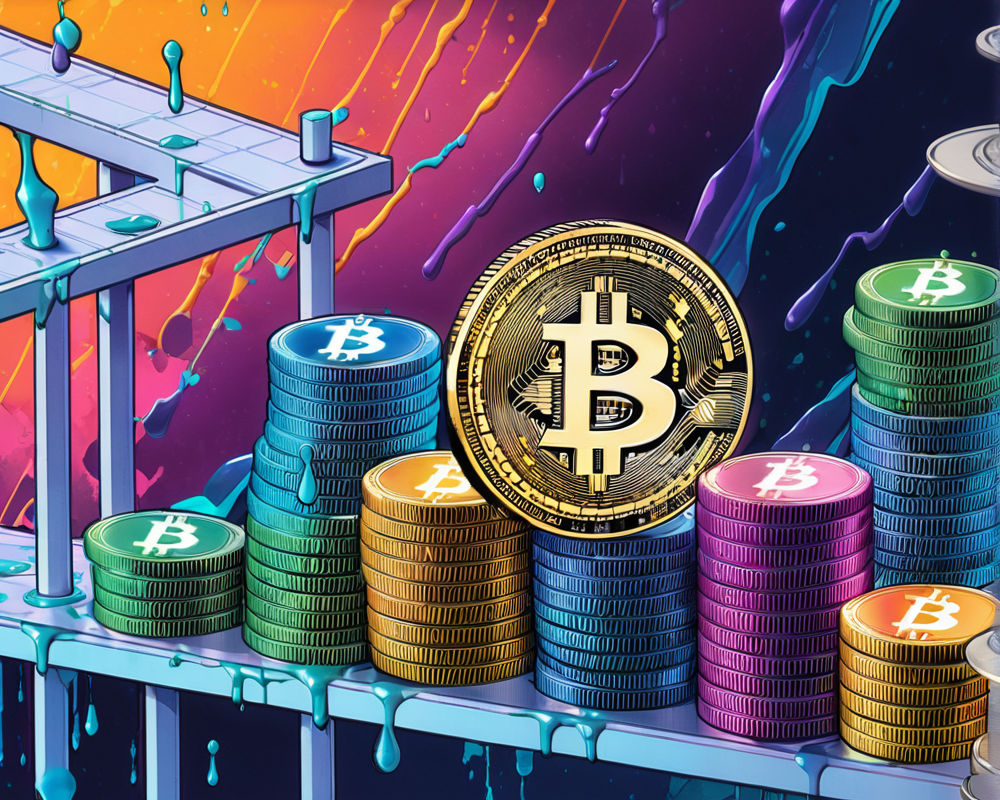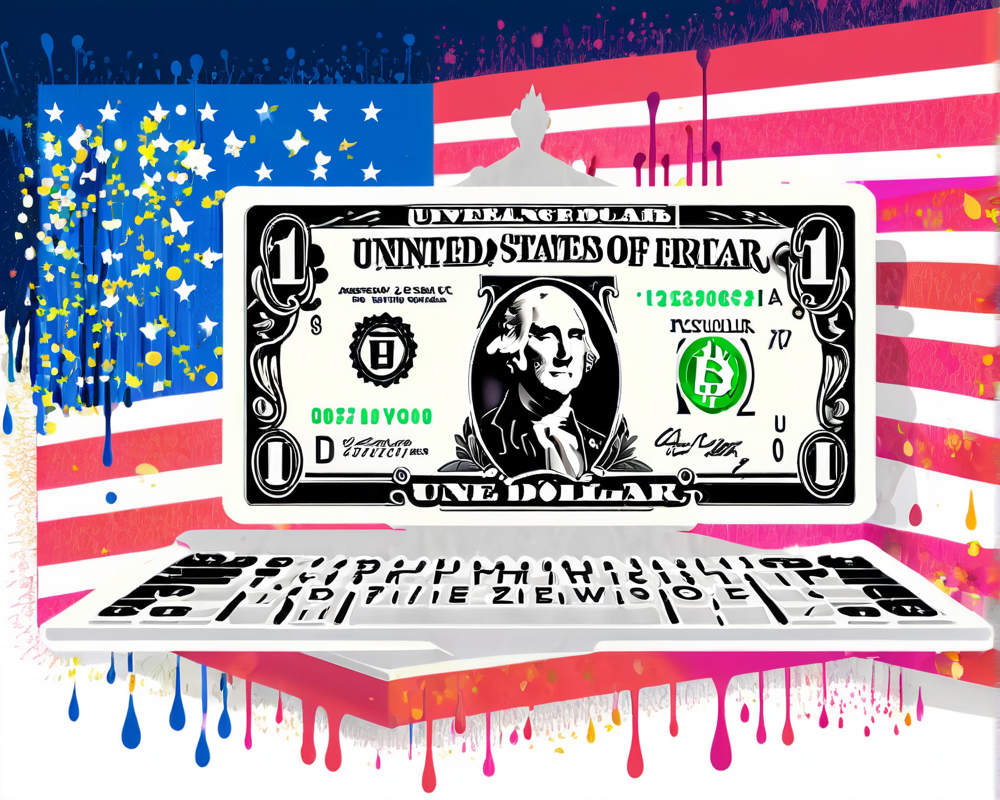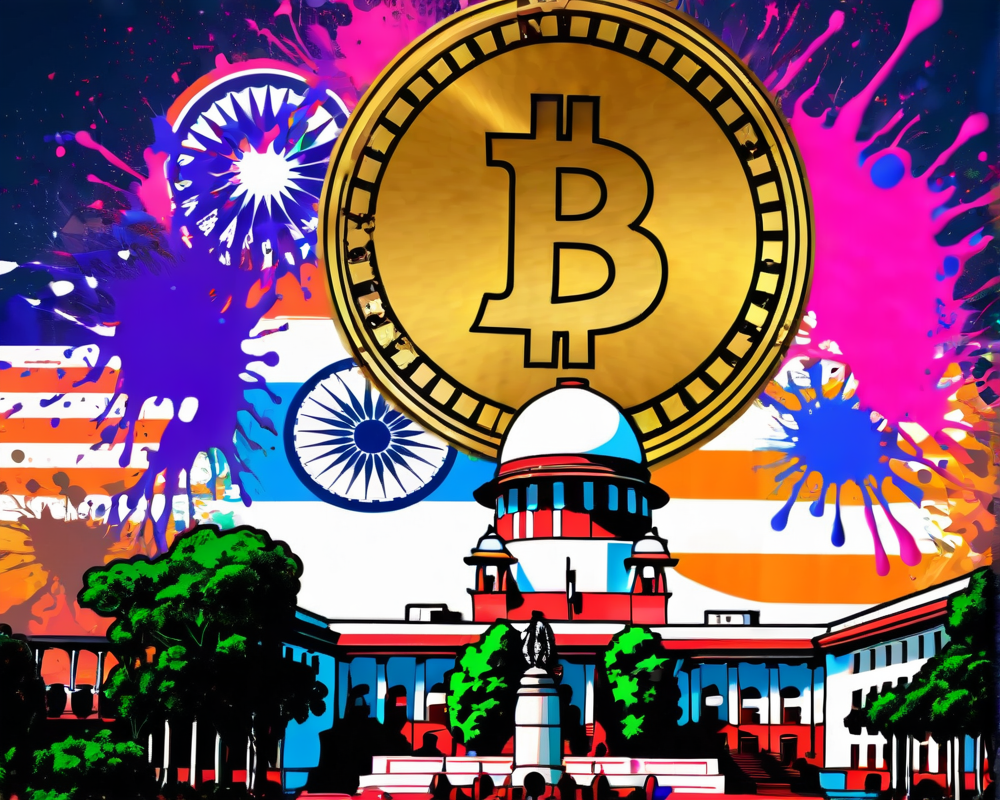The Grim Reality of Wealth Disparity
Over the last few decades, the world has seen a glaring increase in wealth inequality. To put it in perspective, as of 2022, the top 10% of Americans hoarded an eye-popping 70% of the nation’s wealth. Meanwhile, 90% of folks are left fighting over the crumbs, clinging tightly to just 30% of the pie. Looking globally, places like South Africa also face similar scenarios where the upper echelon enjoys 65% of the wealth. Clearly, if wealth were a dinner table, the 10% would be feasting while the 90% get the leftovers.
Financial Services: The Dividing Line
Many people, especially in developing nations, are unable to access basic banking services and high-class financial tools enjoyed by the well-off crowd. Enter cryptocurrency, a modern knight in digital armor, equipped with the potential to help bridge this gaping chasm of inequality. Crypto isn’t just about making transactions; it’s about creating opportunities for everyone to earn, store, and invest their money.
The Crypto Advantage for Money Remittances
One major area where cryptocurrency shines is in remittances. In countries like El Salvador and Haiti, money sent back home from abroad makes up a whopping 20% to 38.5% of their GDP! Traditional methods, like SWIFT or Western Union, can gobble up transfer fees faster than you can say “transaction fee,” costing between 3% to 5% or more per transfer.
Picture this: The average monthly salary in Venezuela hovers around $25. For families relying on overseas support, every dollar saved from transaction fees is like finding a crisp $20 bill in your old coat pocket. With stablecoins such as USD Coin (USDC) or Tether (USDT), their funds reach them almost intact, making for a much sweeter deal.
Accessibility Without Intermediaries
Let’s talk about ease of access. Unlike platforms like PayPal that require bank accounts to cash out, cryptocurrency allows individuals to operate free from the clutches of banks. Let’s say you’re a freelancer from a developing nation — a global internet superstar, if you will. All you need to do is provide your crypto wallet address, and voilà! Payment received directly from happy clients worldwide.
Gone are the days when you had to hop through hoops just to cash in on your hard work. With the rise of Bitcoin ATMs in countries like Nigeria and India, cashing out has become a walk in the park. Plus, minimal transaction fees mean freelancers can keep more of their hard-earned cash rather than seeing it disappear into bank charges.
Decentralized Finance: A New Era of Opportunity
Another remarkable feature lies within DeFi — decentralized finance. Unlike traditional financial tools that seem to have a million bank papers tied to them, DeFi allows users to engage with financial products with a simple crypto wallet. This not only enables income generation through lending or yield farming but empowers individuals from lower-income backgrounds. Charles Hoskinson, co-founder of Cardano, believes that developing nations will soon become leaders in adopting DeFi, adding millions of new users to the mix.
The Inflation Hedge: Crypto as a Safe Haven
Inflation can be a slippery slope, eroding purchasing power faster than a kid on a sugar rush. Countries like Venezuela, plagued by hyperinflation, have turned to Bitcoin as a protective shield. Since Bitcoin is designed to be deflationary in nature, its value typically appreciates over time. For anyone who’s been paying attention, it’s mind-boggling to think that one Bitcoin was worth just $0.40 back in 2010!
For those wary of volatility yet interested in crypto, stablecoins offer a fantastic middle ground, allowing users to keep their funds safe and pegged to the dollar. As we move forward, adopting digital assets could signify a much-needed shift in how individuals approach finance in an inflation-ridden world.




